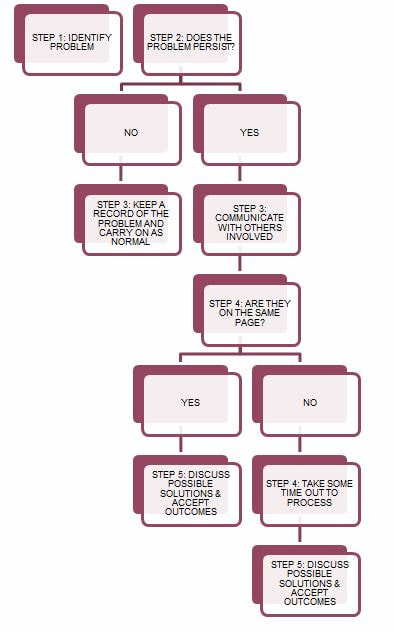|
12/4/2019 0 Comments problem-solvingWe all know that life is not predictable and no one can say what will happen in the future. But what we can do when we are faced with problems, is to try to make the right decisions at the time. We can only do our personal best to find out how to take control of the situation, instead of letting problems drag on over the long run, wasting precious time and effort. The aim is that as a bare minimum, we are content with ourselves for giving it our fair and best shot and that we have collectively made an informed decision, irrespective of the final outcome. Recently, I noticed that a 'project' that I had put a my mind and heart into, was starting to take a different direction to what I originally wanted. To ensure that I didn’t make drastic decisions based on just one event or problem in the heat of the moment, here are some steps that helped me problem-solve the situation, while keeping my cool (sort of): step 1: stay calmIt’s easy to react quickly when something annoys or upsets us. But the first step is to try to be patient and understand how the situation may have risen as well as try to empathise with any others involved. step 2: observeIt’s worth keeping an eye on whether what you consider as a potential problem persists, whether you see any trends or if it was a one-off issue. step 3: COMMUNICATEIf you do notice a trend with the problem(s), then it is important to bring them up with those involved sooner rather than later and to hear their views on the matter. Sometimes a series of conversations may be necessary in order to digest differences in opinions. STEP 4: TIME OUTTime gives us space to digest, explore, compare and contrast our personal views, goals and beliefs with everyone in the 'project'. It can help us understand any differences in opinions and see if there are potential opportunities to find long-term solutions for the problems that have surfaced. STEP 5: FOLLOW UPAfter some time has passed, penciling a follow up conversation and communicating this with everyone involved, is often essential in order to reduce the chances of the problems going on for longer than is necessary. The reason for this is that prolonged problems can cause some or all of those involved unnecessary distress or confusion. This can hold everyone back from getting the best outcomes for the project, or to conclude the project so that we can move on to the next project, with lessons learnt. STEP 6: ACCEPTAs mentioned, the future outcomes are not always in our hands.
Therefore, based on the fact that we followed some steps, took our time to find a solution to the problems to the best of our knowledge, we can accept whatever the result is and be at peace with that. This way we can ensure we live life with no (or fewer) regrets. Here’s a little flow chart that could help:
0 Comments
Your comment will be posted after it is approved.
Leave a Reply. |
Home |
Categories |
|

 RSS Feed
RSS Feed